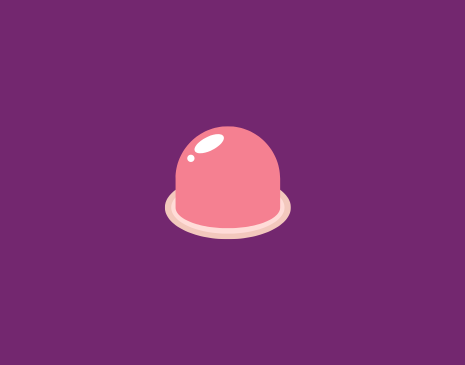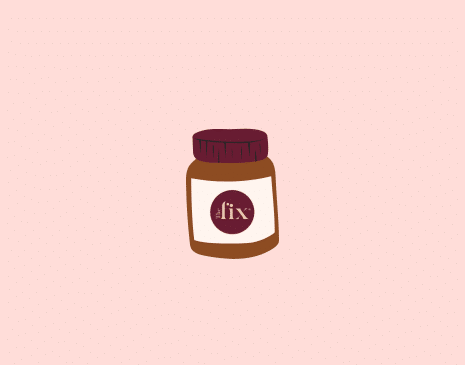If you’ve ever experienced the discomfort, urgency, and burning sensation of a urinary tract infection (UTI), you know all too well that finding relief is a top priority. We get it – the constant bathroom trips, the persistent discomfort – it’s like your bladder is staging a revolt. But worry not, because armed with the proper knowledge, you’ll be well on your way to a UTI-free existence.
In this comprehensive guide, we dive into the nitty-gritty of UTIs – what causes UTIs in women, why they love to make a surprise appearance, and most importantly, how to bid them farewell. From practical lifestyle changes to tried-and-true home remedies, we’ve got the lowdown on everything you need to know to reclaim your urinary peace.
Understanding UTI Causes
In the quest of how to get rid of UTIs, our journey begins with a deep dive into understanding the underlying causes that pave the way for these uncomfortable bladder infections
The Hidden Triggers of UTIs
UTIs typically occur when bacteria, primarily Escherichia coli (E. coli), enter the urinary tract. These bacteria can enter the urethra and travel upwards, causing infections in different parts of the urinary system. Understanding the pathways is crucial in formulating effective strategies for prevention and management.
Lifestyle Factors at Play
Certain lifestyle choices and habits can also play a significant role in increasing susceptibility to UTIs. Factors such as inadequate hydration, a compromised immune system, and even certain types of contraception can contribute to the onset of these infections. By unravelling these lifestyle elements, we can identify areas for improvement and create a robust defence against future UTIs.
Gender Disparities in UTIs
It’s no secret that UTI symptoms are more prevalent in women than in men. The anatomical structure of the female urinary tract, with its shorter urethra, makes it easier for bacteria to reach the bladder. Hormonal changes and pregnancy can further heighten the risk. Recognising these gender-specific dynamics allows for targeted approaches to UTI prevention, catering to the unique needs of both men and women.
Medical Conditions and UTIs
Certain medical conditions, such as diabetes or urinary tract abnormalities, can make individuals more susceptible to UTIs. By examining the interplay between health conditions and UTI occurrence, we gain insights into personalised prevention strategies that address individual health profiles.
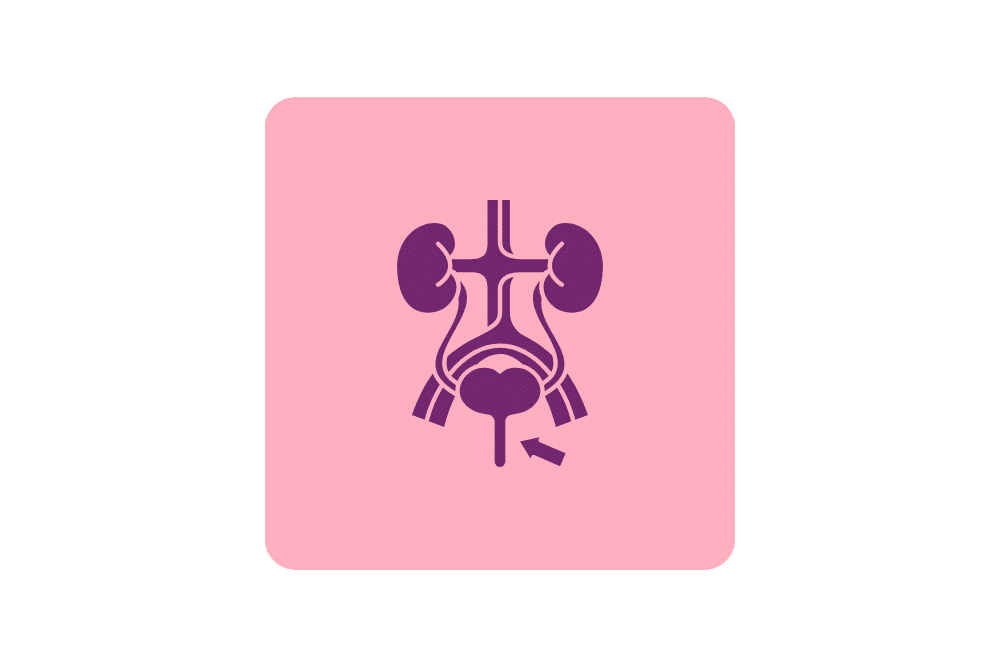
Recognising UTI Symptoms: A Guide to Early Detection
When treating urinary tract infections, recognising the early warning signs is pivotal for timely intervention and effective management. Let’s delve into the subtle signals your body sends when a UTI is on the horizon.
UTI Symptoms
Burning Sensation and Painful Urination: A classic sign of a UTI is a burning sensation or pain during urination. This discomfort is often caused by irritation in the urinary tract as bacteria take hold.
Frequent Urination: Feeling the need to visit the bathroom more frequently than usual can be a sign that your bladder is under siege. The urgency to urinate coupled with small amounts of output is a common symptom of UTIs.
Cloudy or Strong-Smelling Urine: Changes in the appearance or odour of urine can indicate the presence of bacteria. If you notice your urine becoming cloudy or developing a strong, unusual smell, it’s time to take notice.
Additional UTI Symptoms to Watch For
- Pelvic Pain or Discomfort: Some individuals may experience pelvic pain or discomfort, indicating that the infection may have spread to the kidneys. Recognising this symptom is crucial for seeking prompt medical attention.
Fatigue and General Malaise: UTIs can take a toll on your overall well-being, leading to feelings of fatigue and general malaise. If you find yourself unusually tired without apparent cause, a UTI could be a contributing factor.
Early UTI Detection for Effective Management
Recognising these symptoms of UTI early on empowers you to take fast action and implement the necessary measures for relief. Whether you opt for at-home UTI remedies or seek professional guidance, understanding the language of UTI symptoms is your first line of defence against prolonged discomfort.
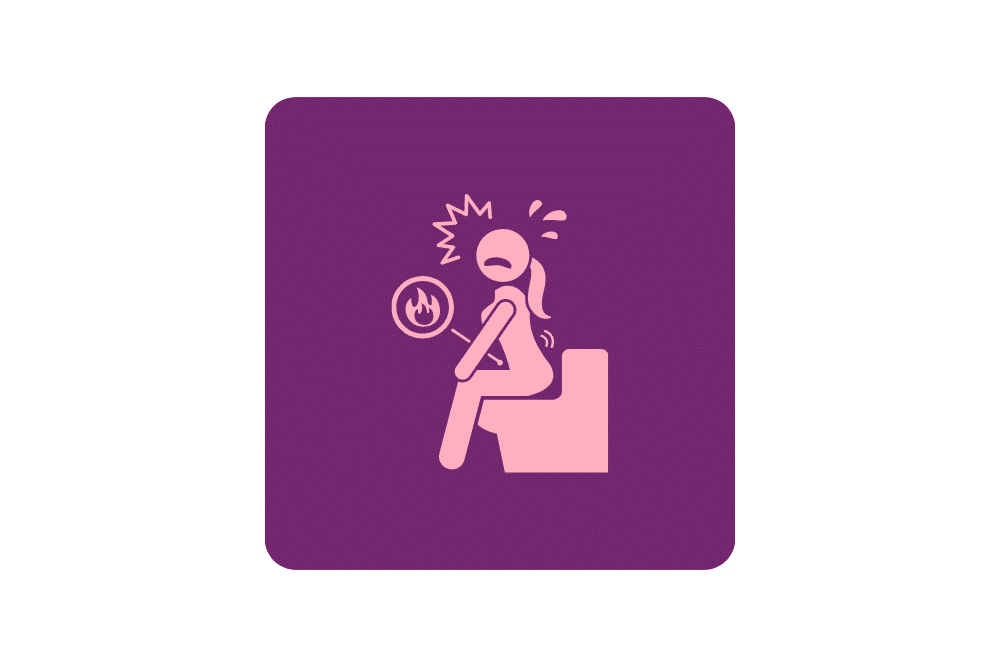
Home Remedies for UTIs
When seeking relief from the discomfort of a urinary tract infection, home remedies become a valuable ally. Let’s explore practical and effective home treatments for UTIs that offer quick relief, providing a comforting bridge between the onset of symptoms and professional intervention.
Hydration: Drink Up for UTI Relief
Why it Works: Sufficient water intake helps flush out bacteria from the urinary tract, aiding in the natural healing process.
How to Do It: Aim for at least eight glasses of water daily. Consider incorporating herbal teas for an extra hydrating boost.
Drinking Cranberry Juice
Why it Works: Compounds in cranberries may prevent bacteria from adhering to the urinary tract walls, reducing the likelihood of infection.
How to Do It: Opt for pure cranberry juice or supplements. Note that moderation is key due to the natural sugars in cranberry products.
Learn more about cranberry juice for UTIs.
Probiotic Power: Balancing the Microbiome
Why it Works: Probiotics promote a healthy balance of bacteria in the gut, potentially inhibiting the growth of harmful bacteria in the urinary tract.
How to Do It: Include probiotic-rich foods like yoghurt and kefir, or take supplements with your healthcare provider’s approval.
Warm Compress Comfort: Easing Symptoms of a UTI
Why it Works: A warm compress can alleviate pelvic pain and discomfort associated with a UTI.
How to Do It: Place a warm compress on the lower abdomen for 15-20 minutes at a time. Ensure the compress is not too hot to avoid burns.
D-Mannose
Why it Works: D-Mannose may help prevent bacteria from adhering to the urinary tract walls, supporting the body’s natural defence mechanisms.
How to Do It: D-Mannose supplements are available, but consult a healthcare professional before use.
These DIY remedies provide a holistic and accessible approach to alleviating UTI symptoms. However, it’s essential to recognise that severe or persistent symptoms warrant professional attention. By incorporating these home treatments into your arsenal, you confidently empower yourself to navigate the path to quick UTI relief.
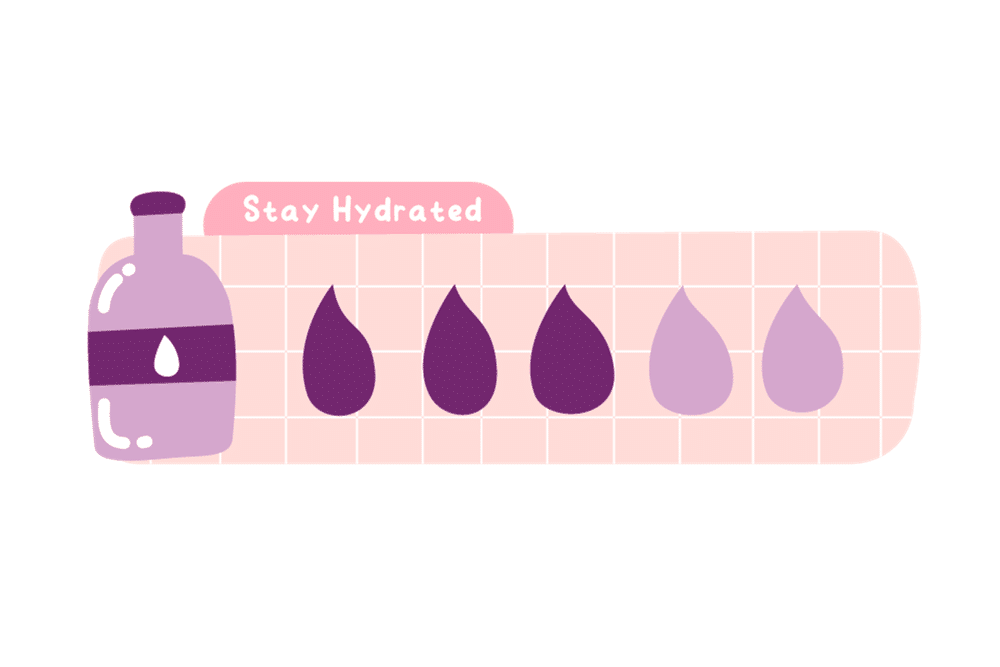
Hydration for UTI Treatment
Hydration is a potent weapon in treating UTIs, functioning as a cornerstone for prevention and relief. Implement the following strategies to leverage water for maintaining urinary health and preventing the recurrence of UTIs.
The Power of Dilution: Flush Bacteria
Why it Works: Adequate water intake dilutes urine, making it less conducive for bacteria to thrive in the urinary tract.
How to Do It: Make a conscious effort to drink water consistently throughout the day. Aim for clear to light yellow urine as a sign of proper hydration.
Cranberry Juice: Hydrating with a Purpose
Why it Works: Besides its potential bacterial interference, cranberry juice contributes to overall hydration, supporting the flushing out of toxins.
How to Do It: Incorporate unsweetened cranberry juice into your daily hydration routine. Balance it with water to avoid excessive sugar intake.
Herbal Infusions: Hydration with a Flavourful Twist
Why it Works: Herbal teas like chamomile or peppermint add variety to your hydration routine and offer potential anti-inflammatory benefits.
How to Do It: Sip on herbal teas throughout the day, considering caffeine-free options to maximise hydration.
Water-Rich Foods: Nutrient-Packed Hydration
Why it Works: Consuming water-rich foods like watermelon, cucumber, and celery contributes to overall hydration and provides essential nutrients.
How to Do It: Include these hydrating foods in your diet as snacks or as part of meals.
Consistency is Key: Establishing Hydration Habits
Why it Works: Regular and consistent water intake supports the body’s natural defence mechanisms, preventing the buildup of bacteria in the urinary tract.
How to Do It: Set a hydration schedule and use reminders if needed to ensure you meet your daily water intake goals.
By strategically leveraging water and incorporating hydrating elements into your daily routine, you create an environment in your urinary tract that is less hospitable to the bacteria responsible for UTIs. Hydration becomes more than a routine – it becomes a proactive lifestyle choice, empowering you in the ongoing battle against urinary tract infections.
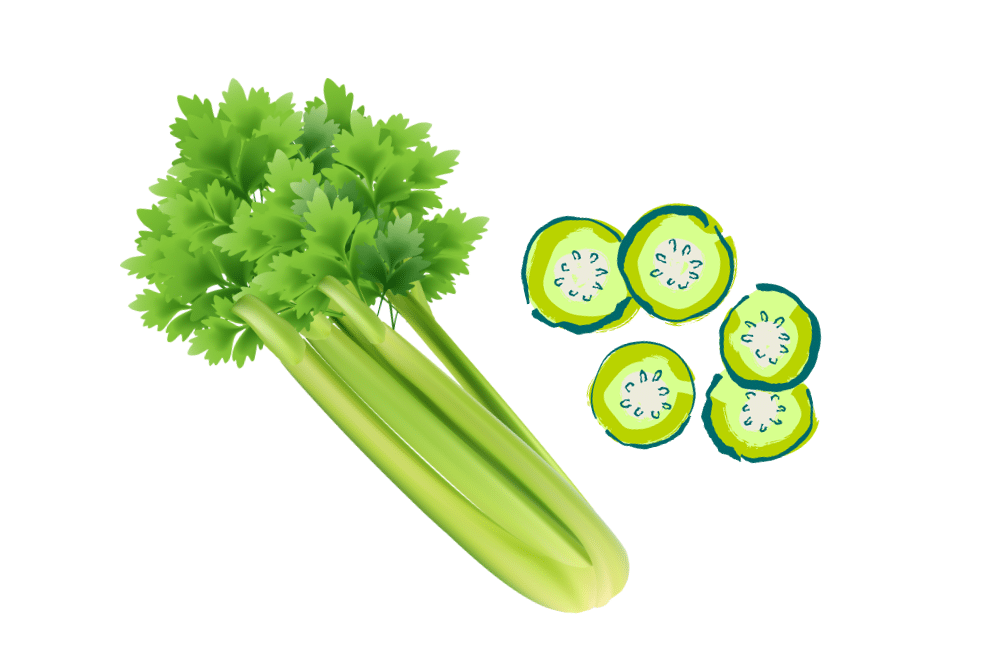
Lifestyle Adjustments: Building Habits to Prevent UTIs
Embarking on a journey to fortify your defences against urinary tract infections (UTIs) involves making strategic lifestyle adjustments. Let’s delve into the key habits and choices that can contribute to long-term UTI resistance, fostering a urinary environment that’s less welcoming to these unwelcome intruders.
Mindful Bathroom Practices
Why it Works: Wiping from front to back after using the bathroom helps prevent the transfer of bacteria from the anal region to the urethra.
How to Do It: Cultivate the habit of mindful wiping to minimise the risk of introducing bacteria into the urinary tract.
Cotton Underwear
Why it Works: Breathable fabrics like cotton allow air circulation, creating a less favourable environment for bacterial growth.
How to Do It: Opt for cotton underwear to promote comfort and reduce moisture, minimising the risk of UTIs.
Stay Dry Down There
Why it Works: Excess moisture in the genital area can create an environment conducive to bacterial growth. Keeping the area dry supports UTI prevention.
How to Do It: Change wet clothes promptly, especially after swimming or exercising. Consider using talcum-free powders for additional dryness.
Regular Showers
Why it Works: Regular showers help remove bacteria from the skin, reducing the risk of bacterial migration to the urethra.
How to Do It: Aim for daily showers, paying attention to proper genital hygiene without using harsh soaps that may disrupt the natural balance.
Peeing Post-Intimacy
Why it Works: Emptying the bladder after sexual activity helps flush out any bacteria that may have entered the urethra during intimacy – a proactive step to treat recurrent UTIs.
How to Do It: Make it a habit to urinate within 30 minutes of sexual activity to minimise the risk of UTIs. Trust us, you don’t want to risk what happens when you don’t pee after sex.
Balanced Diet
Why it Works: A well-balanced diet supports overall health, including a robust immune system that can fend off potential UTI-causing bacteria.
How to Do It: Include a variety of fruits, vegetables, whole grains, and lean proteins in your diet for optimal nutritional support.
By weaving these lifestyle adjustments into your daily routine, you construct a shield against UTIs that extends beyond short-term relief. Embrace these habits as pillars of long-term resistance, empowering yourself to maintain a urinary environment that discourages the recurrence of urinary tract infections.
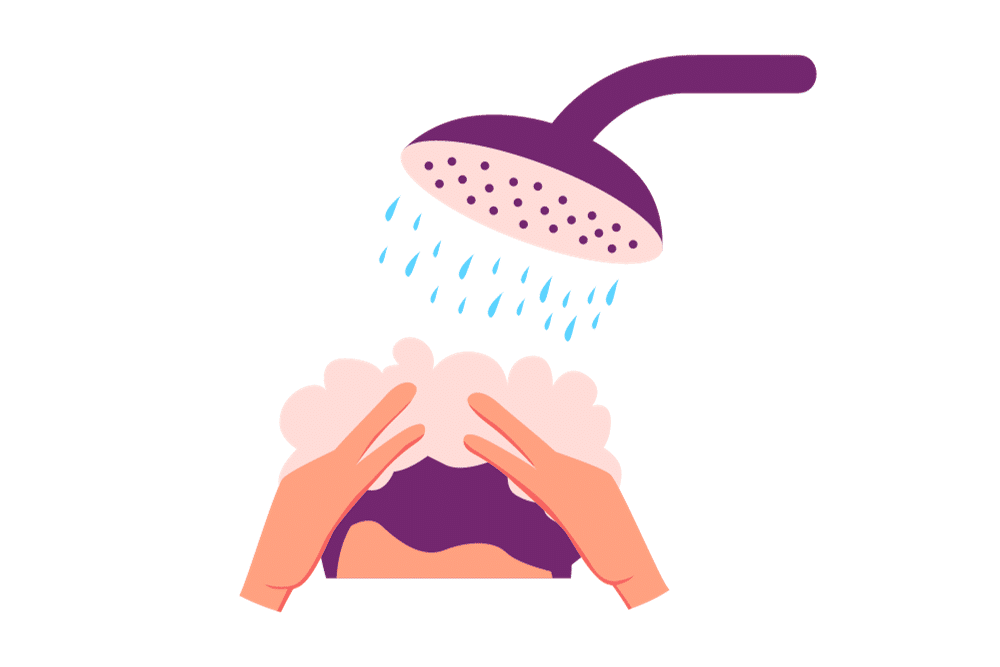
When to Seek Professional Help: Understanding UTI Red Flags
Navigating the landscape of urinary tract infections (UTIs) involves recognising when it’s time to transition from at-home remedies to seeking professional assistance. Let’s explore the red flags and signals that indicate when it’s time to consult a healthcare professional for comprehensive UTI care.
Persistent or Worsening Symptoms
When to Seek Help: If your symptoms persist or intensify despite home remedies, it’s a clear signal to consult a healthcare professional.
Why It’s Important: Persistent discomfort may indicate a more severe infection that requires targeted medical intervention.
Fever and Chills
When to Seek Help: Fever and chills suggest a possible kidney infection requiring prompt medical attention.
Why It’s Important: Kidney infections can lead to more severe complications if not addressed promptly.
Blood in Urine
When to Seek Help: If you notice blood in your urine, it’s crucial to consult a healthcare professional.
Why It’s Important: Hematuria (blood in urine) can indicate a more serious underlying issue that needs medical evaluation.
Frequent UTI Recurrence
When to Seek Help: If you experience recurrent UTIs, seeking professional guidance can help identify potential contributing factors.
Why It’s Important: Frequent UTIs may indicate an underlying issue requiring a more comprehensive approach to prevention.
Pregnancy and UTIs
When to Seek Help: Pregnant individuals experiencing UTI symptoms should seek prompt medical attention.
Why It’s Important: UTIs during pregnancy pose unique risks and may require specialised care to safeguard maternal and foetal health.
Underlying Health Conditions
When to Seek Help: If you have underlying health conditions such as diabetes or a compromised immune system, professional guidance is essential.
Why It’s Important: Tailoring UTI care to your health profile ensures comprehensive management and minimises risks.
While home and natural remedies can relieve mild UTIs, recognising these red flags underscores the importance of seeking professional help when needed. A healthcare professional can offer precise diagnosis, targeted treatment, and personalised guidance to address your unique situation, ensuring optimal care for your urinary health.
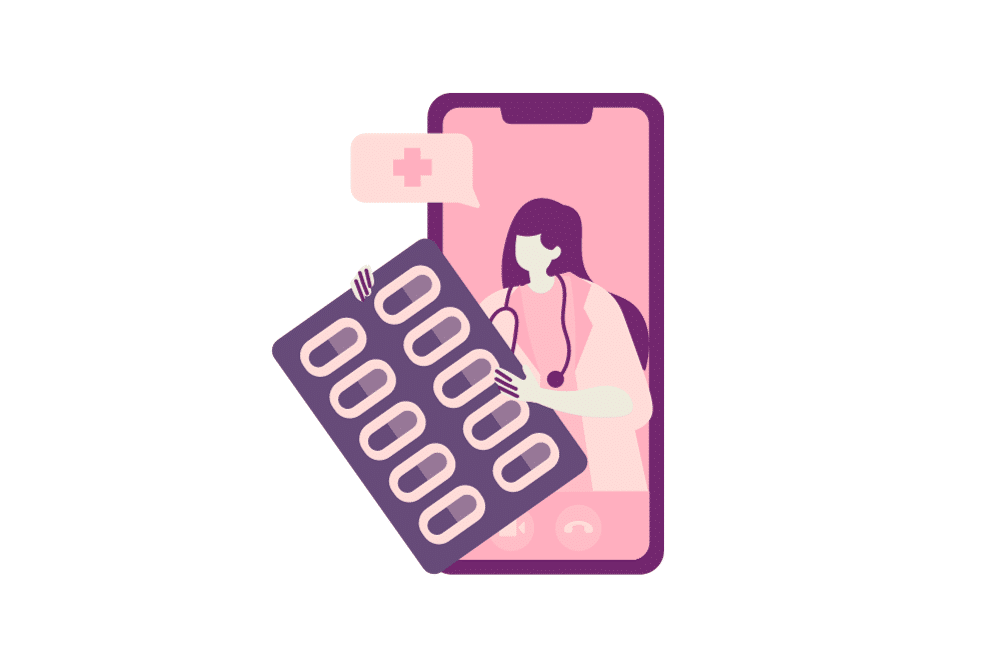
Sustainable Strategies to Prevent Urinary Tract Infections
Adopting proactive prevention strategies becomes paramount as we aim to avoid recurrent urinary tract infections (UTIs). Let’s explore sustainable habits and approaches that can fortify your defences, creating a future less prone to the recurrence of UTIs.
Hydration as a Ritual
Why it Works: Regular and ample water intake maintains a dilute urine environment, flushing out potential pathogens from the urinary tract.
How to Do It: Transform hydration into a daily ritual, setting reminders to ensure consistent water intake.
Drink Cranberry Juice
Why it Works: Incorporating cranberry products into your routine may help prevent bacteria from adhering to the urinary tract walls.
How to Do It: Whether through juice, supplements, or whole berries, make cranberries a consistent part of your diet.
Probiotics for Gut Health
Why it Works: Probiotics promote a balanced gut microbiome, indirectly influencing urinary health and UTI prevention.
How to Do It: Include probiotic-rich foods like yoghurt or take supplements, consulting with a healthcare professional for personalised advice.
Healthy Lifestyle Choices
Why it Works: Regular exercise, balanced nutrition, and adequate sleep contribute to overall well-being, including a strengthened immune system.
How to Do It: Cultivate these habits for comprehensive health benefits, including sustained UTI resistance.
Mindful Bathroom Practices
Why it Works: Consistent hygiene practices, including proper wiping and urination after intimacy, minimise the risk of bacterial transfer.
How to Do It: Make these practices second nature, ingraining them as lifelong habits for UTI prevention.
Regular Check-ins with Healthcare Professionals
Why it Works: Regular consultations enable proactive monitoring of your urinary health and identifying potential risk factors.
How to Do It: Schedule routine check-ups, discuss UTI prevention strategies and address any concerns with your healthcare provider.
By implementing these sustainable strategies into your daily life, you set the stage for a future that is less susceptible to the recurrence of UTIs. Embrace these habits not as temporary solutions but as integral components of a proactive and enduring approach to urinary tract health. Your commitment to prevention today builds a foundation for a UTI-free tomorrow.


